- Joined
- 13 June 2007
- Messages
- 2,173
- Reaction score
- 3,085
It will be interesting to see the video of the miss....
Enjoy the Day! Mark
Enjoy the Day! Mark
Flyaway said:SpaceX’s next Falcon Heavy two-thirds done as side booster #2 leaves factory
First posted to a SpaceX-focused Facebook group by member Eric Schmidt, Falcon Heavy Flight 2’s second side booster (of two) was spotted eastbound in Arizona on December 3rd, partway through a journey from SpaceX’s Hawthorne, CA factory to its McGregor, TX testing facilities.
This is the second (known) Falcon Heavy-related booster spotted in less than a month and an incontrovertible sign that the company’s second-ever Falcon Heavy launch is perhaps just a handful of months away, with both side boosters now likely to be present in Florida by January 2019 barring unforeseen developments.
more launches of Falcon Heavy could happen it USSF take SpaceX to launch large Spy sats
but this would let to heavy modification of LC-39A since USSF and NRO insists here on vertical payload Integration on Booster.
If SpaceX start to make those modification in 2021 or 2022, we will see regular Falcon Heavy flights for USSF & NRO

 spacenews.com
spacenews.com
more launches of Falcon Heavy could happen it USSF take SpaceX to launch large Spy sats
but this would let to heavy modification of LC-39A since USSF and NRO insists here on vertical payload Integration on Booster.
If SpaceX start to make those modification in 2021 or 2022, we will see regular Falcon Heavy flights for USSF & NRO
SpaceX was awarded a huge chunk of money for an NRO launch in FY22, which includes funding for a vertical integration facility at 39A. We don't know if that FY22 flight is an F9 or an FH, but we do know that a VIF and an extended fairing are coming.

SpaceX explains why the U.S. Space Force is paying $316 million for a single launch
Gwynne Shotwell explained the contract pays for launch services but also covers expenses for infrastructure required for national security launches.spacenews.com
There still is another Delta IV heavy launch for the NRO on the Cape in a few years.more launches of Falcon Heavy could happen it USSF take SpaceX to launch large Spy sats
but this would let to heavy modification of LC-39A since USSF and NRO insists here on vertical payload Integration on Booster.
If SpaceX start to make those modification in 2021 or 2022, we will see regular Falcon Heavy flights for USSF & NRO
SpaceX was awarded a huge chunk of money for an NRO launch in FY22, which includes funding for a vertical integration facility at 39A. We don't know if that FY22 flight is an F9 or an FH, but we do know that a VIF and an extended fairing are coming.

SpaceX explains why the U.S. Space Force is paying $316 million for a single launch
Gwynne Shotwell explained the contract pays for launch services but also covers expenses for infrastructure required for national security launches.spacenews.com
Since the last Delta Heavy stand on launch pad and try to take off with NRO payload
They need a replacement soon ULA Vulcan is under construction, but need Test flights for qualification by USSF/NRO
Like wise Blue Origin New Glenn and what Northrop-Grumman has to build for USSF
From NRO point of view the Falcon Heavy is only reliability Launch system the US have between 2021 and 2023.
they got still one Delta IV heavy left ?There still is another Delta IV heavy launch for the NRO on the Cape in a few years.
they got still one Delta IV heavy left ?There still is another Delta IV heavy launch for the NRO on the Cape in a few years.

NASA has selected Space Exploration Technologies (SpaceX) of Hawthorne, California, to provide launch services for the agency’s Power and Propulsion Element (PPE) and Habitation and Logistics Outpost (HALO), the foundational elements of the Gateway. As the first long-term orbiting outpost around the Moon, the Gateway is critical to supporting sustainable astronauts missions under the agency’s Artemis program.
After integration on Earth, the PPE and HALO are targeted to launch together no earlier than May 2024 on a Falcon Heavy rocket from Launch Complex 39A at NASA’s Kennedy Space Center in Florida. The total cost to NASA is approximately $331.8 million, including the launch service and other mission-related costs.
The PPE is a 60-kilowatt class solar electric propulsion spacecraft that also will provide power, high-speed communications, attitude control, and the capability to move the Gateway to different lunar orbits, providing more access to the Moon’s surface than ever before.
The HALO is the pressurized living quarters where astronauts who visit the Gateway, often on their way to the Moon, will work. It will provide command and control and serve as the docking hub for the outpost. HALO will support science investigations, distribute power, provide communications for visiting vehicles and lunar surface expeditions, and supplement the life support systems aboard Orion, NASA’s spacecraft that will deliver Artemis astronauts to the Gateway.

Simon Ramo the R in TRW (the division within NG which Tom Mueller worked) was developer of the pintle fed engine which was highly throttable hence essential to the development of the LEM as noted in a talk given by Neil Armstrong at MIT in 1994 (see link below) and which made retropropulsion possible since you need far less thrust at landing than take off (and use of NG IP was the basis of a NG lawsuit against SpaceX back in the day (see link below)) was a HUGE proponent of the Big Dumb Booster Concept. A light weight pressure tank strong enough to withstand launch and flight loads that operated a pressure fed engine designed to operate at those pressure that was self pressurised with cryogenic propellants (LOX/LNG or LOX/LH2) would be cheap as soda cans in his view.I can't help but wonder if anybody will ever try the Big Dumb Booster concept for real.


Another contemporary Nova illustration. Look at the size of that thing!

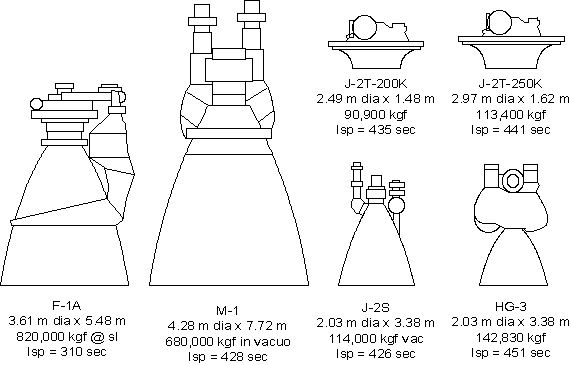
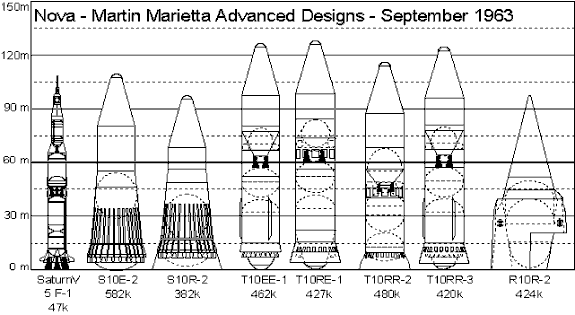
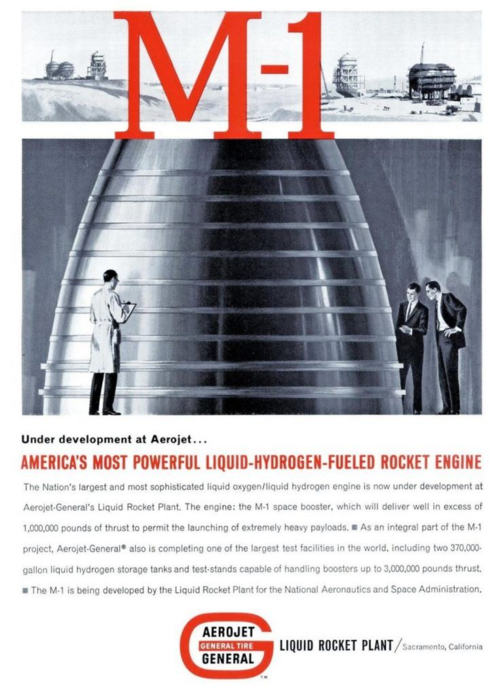


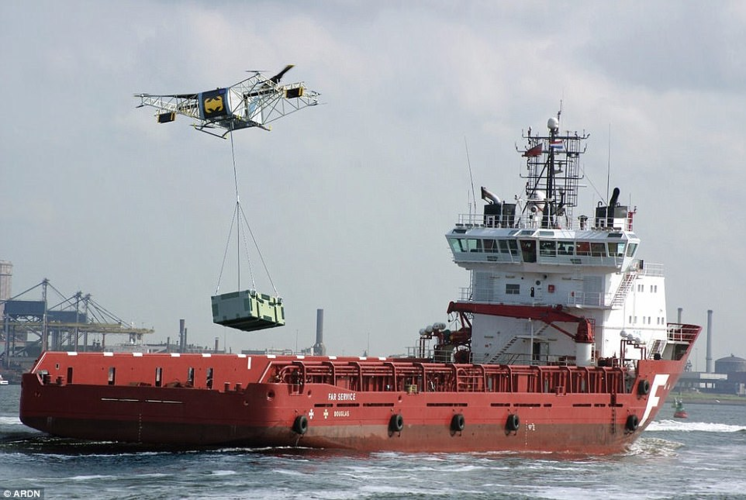
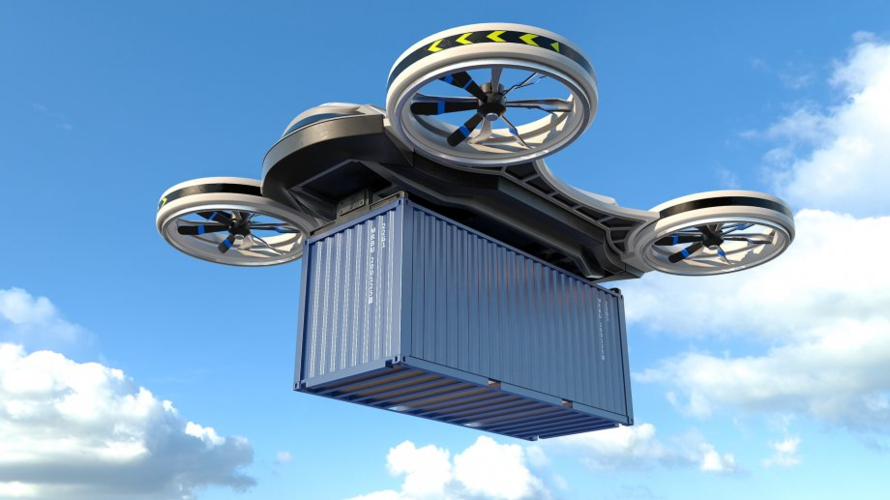
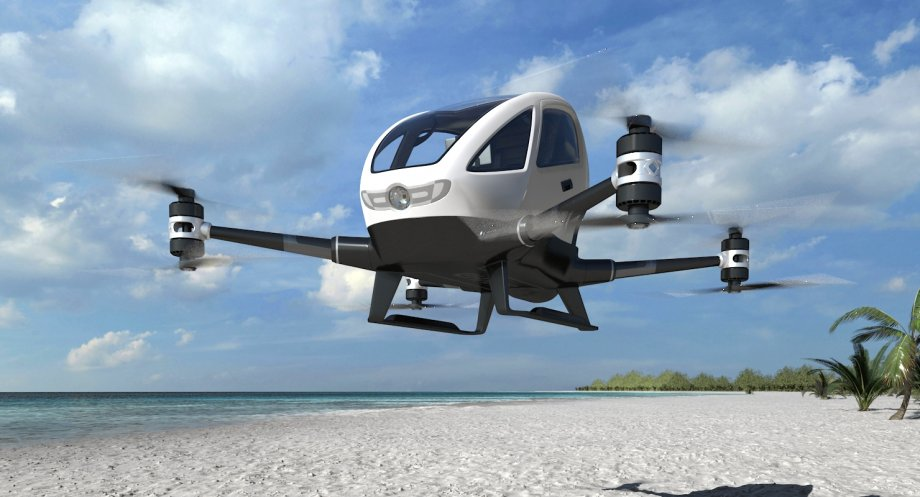
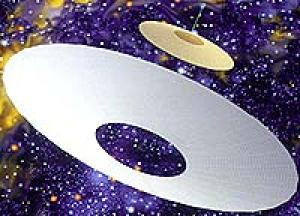
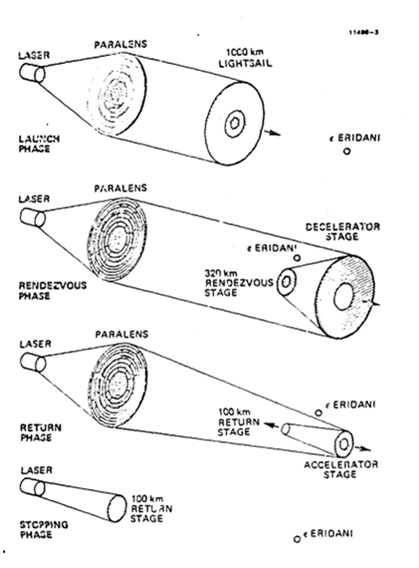
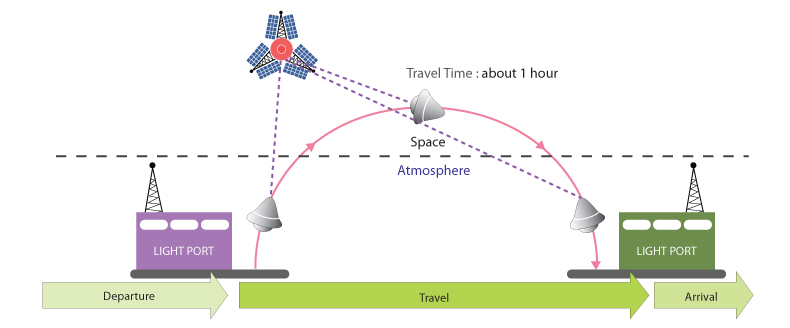
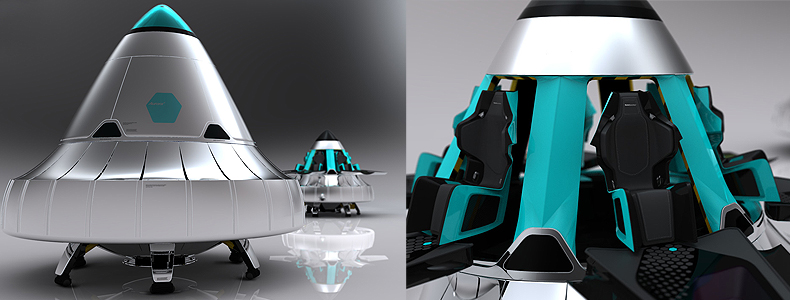
I LOVE this ! the grand scale vision and the details... well articulated. I should try to articulate my own grand vision someday.
If you've read this far, thank you! !
Something pretty amazing is
- the Air Force with Titan III in 1963
- NASA in 1972 with the Shuttle
- and the military again in the late 90's with EELVs (!)
Three times, they got their predicted launch rates completely wrong and three times they ended with a grossly oversized production line / infrastructure; and three times the end result was a $500 million+ per launch rocket: Titan IV, Shuttle, and Delta IV Heavy.
Ah, the Teledesic and Iridium era.commercial demand for comsat launches was going to increase dramatically

Unfortunately for old Bill, his divorce and... zipper may led to a postpone of such plans.Though we may not be quite safe yet:

Bill Gates Has Not Forgotten Teledesic – Might We See Another Broadband LEO Constellation?
Teledesic was the first company to plan to offer broadband connectivity using a constellation of low-earth-orbit (LEO) satellites. Craig McCaw, who had sold McCaw Cellular to AT&T, founded Teledesic in 1990 and it got a big visibility and credibility boost when Bill Gates made a small ($5...www.circleid.com
It wouldn't be feasible. Fancy guidance would still be needed. Same goes for hover slam with non throttleable engines.Or would it have been feasible to land a Saturn V or some other big booster on a 1km^2 concrete touchdown pad with Atlas motors? No need for fancy guidance or hoverslam, just stick a dozen engines on the bottom and turn them off two by two.
Ah, the Teledesic and Iridium era.commercial demand for comsat launches was going to increase dramatically
I guess you would know all about that! haha.
If you've read this far, thank you! !
If you have to write a sentence like that, your communications strategy could probably include a revisit.
I think I'd have been satisfied with just mass producing a booster, any booster, to get a flight rate in the 50-100/year range.
How cheap were Soyuz and Atlas Agena in the old days when they were each putting up a film spysat every week? I'm surprised they weren't cheaper, given the impressive flight rates.
Or would it have been feasible to land a Saturn V or some other big booster on a 1km^2 concrete touchdown pad with Atlas motors? No need for fancy guidance or hoverslam, just stick a dozen engines on the bottom and turn them off two by two.
Doesn't need oneWonderfull rocket,only pity it don't have a cryogenic H2 upper stage for deep space missions.
Last night after lightning and a few other delays, the sixth Falcon Heavy lifted off, however, there were a few differences from a typical launch. For one, the reusable rocket had no landing legs installed, and instead of three recovered boosters, all were expended during the mission. Not to mention, the upper stage featured a gray band at the top crucial to the success of the launch.
In reality, the massive primary payload and its distant orbit forced SpaceX to utilize every bit of power and launch with a fully expendable Falcon Heavy. As for the gray band, this was needed due to the mission’s long coast phase between subsequent burns. Both of which allowed Falcon Heavy to successfully deliver its primary and secondary payloads to their respective orbits.
While it’s not ideal to expend three boosters that could have been reused, mission requirements determine what ends up happening to the rocket. Here I will go more in-depth into the decision to expend the entire rocket, the importance of the gray band, what to expect in the coming weeks, and more.
Full article here - https://thespacebucket.com/why-falcon...
The Falcon Heavy is not only one of the most powerful rockets in the world but also one of the most unique. After a few successful initial launches, there was a multi-year period without any missions. Thankfully, recently this came to an end and now the rocket is in the middle of its busiest year ever. All this being said, the design and development of this launch vehicle were far from easy.
Unfortunately, it's not as simple as strapping two extra Falcon boosters to the side of a Falcon 9. In reality, an immense amount of work and innovation went into creating this system that still isn't perfect. With the next launch scheduled just over a month away in July, SpaceX is already preparing for lift-off.
Here I will go more in-depth into the engineering behind this rocket, the work still being done to improve it, what to expect in the coming weeks, and more.
How is this not any different than the Delta IV Heavy design.
Also, leaving the somewhat disorienting semantics of asking "How is this not any different than" aside, Delta IV Heavy is exactly 0% reusable.How is this not any different than the Delta IV Heavy design.
Doesn't use LH2 for fuel?
Randy
